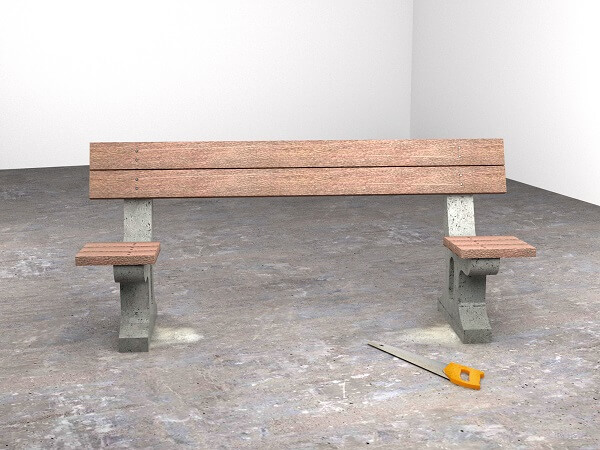The Covid-19 pandemic continues to make its mark on the world, it has brought the world into lockdown, communities have become socially distant and global economies have collapsed, but in the midst of all this we find new ways to exist within the confines of this new world order, and although current restrictions may be temporary, we know the future will challenge our ideas and actions.
The Blue Mountains City Art Gallery turned their focus to the innovative technologies of the digital world to keep the centre’s arts program alive during forced gallery closures, and although the Katoomba art space is now welcoming visitors through the doors, it also invites audiences to continue to engage with their online exhibition program and Virtual Insight channel.

The recently launched online only exhibition ‘Shift+Control+Exit’ curated by Sabrina Roesner features new work by nine contemporary artists who share experiences of their world during lockdown, and new ideas that consider the changing state of the world in the face of the pandemic, across video, drawing and photography. Artists Damian Castaldi, Fiona Davies, Ona Janzen, Locust Jones, Brett Klyszejko, Jodi McConaghy, Marty Walker and Rachel Peachey & Paul Mosig, present the following.
An interactive video work by experimental sound and digital artist, Castaldi, calls on viewers to look out over Tambourine Bay on Sydney’s Lane Cove river from the window of a virtual apartment. Complete with instructions, this work directs audiences to manipulate the speed and sound functions embedded in the work, to create their own scenarios for the passing of time across three separate colour visions, labelled red, blue and orange.
Performance artist, Davies, references the 1957 fantasy film ‘The Seventh Seal’ by Ingmar Bergman in a video creation titled Once upon a time, long ago and far away: Shutting down in isolation. The softly spoken narration and visual theatrics of the re-made script summon the unsettling reality of the transition from home to hospital, and the transition from life to death, in Covid-19.
Photographer, Janzen, documented her own experience of self-isolation during the first two weeks of lockdown in a series of images she took from her kitchen window. While observing the view and the details that she hadn’t noticed before now, Janzen also focused the lens on the ever-changing light in the sky that settled over her neighbour’s rooftop.
Jones presents a 10-metre monochrome scroll titled Covid 19, six weeks in the life of a global pandemic from March 9 to April 20 and the mass media and states of hysteria that accompanied this time. In this large-scale drawing, Jones recorded the media frenzy that were broadcast over the airways as the Corona virus pandemic unfolded around the globe.

Architect and 3-D artist, Klyszejko, designed a series of public seating concepts titled One-Point-Five, which explore ideas on how we can remain physically distanced in the public sphere with a focus on the balance of form and function in the context of a socially distant world.
Shooting from a distance, photographic artist McConaghy wanted to record her son doing schoolwork at his computer, at night during lockdown. Her plans were disrupted when his computer died and could not be fixed, but from the images she had been able to capture McConaghy was fascinated by a particular image Son through the Window, which also reflects on the world outside his room. We see the presence of a small skull, a reminder that the invisible virus is lurking.
Also looking through the camera lens, Walker, decided on only making work during daily outdoor ‘exercise’ in lockdown. On the quiet streets of Katoomba he caught the eerie stillness of empty shops and cafes, carparks, the local swimming pool and other deserted locations, which lay dormant waiting for human life to return.
Multi-media artists Peachey & Mosig explore the concept of viruses based on the early 19th century miasmatic theory, in a video work titled The Invisible Antagonist. Miasma was considered to be a poisonous vapour or mist, a magical mystery that could change the properties of the air and atmosphere. This idea was replaced by the germ theory in the mid-19th century.
Visit the exhibition website controlshiftexit.com to explore the online exhibition, and the Blue Mountains Cultural Centre website to see more of what’s coming up in the gallery and across the digital platform.